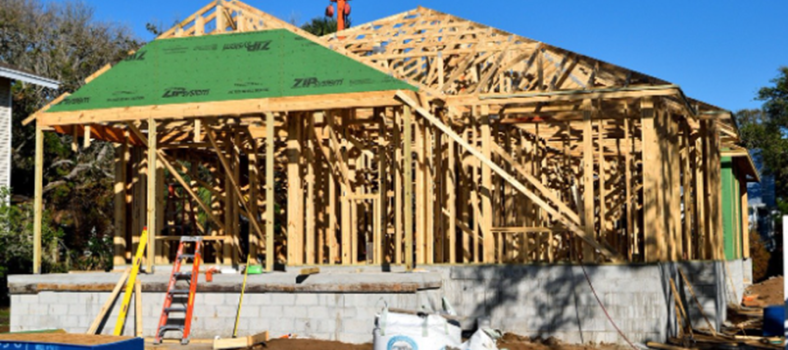Building Your Dream Home in Australia: All About the Building Contract
You want to build your dream home, but where do you start? You’ve heard that buying “off-plan” can be risky, so you want to know the process you need to take to minimise risks.
What you really need to do is understand the terms and other factors involved in a standard building contract.
That way, before you sign a $500,000 deal, you and your builder are on the same page, as it were. This is important because, in western Australia, there is no requirement for a cooling off period.
Terms of The Contract
Let’s say you want to buy a piece of property in The Rivergums. What do you need to do? Generally, the building contract outlines the general rights and responsibilities of the builder and of the property owner. If you have any questions about your contract, you really need to flag down a lawyer specialising in contract and land/property/real estate deals before you sign anything.
Contracts that allow the costs of a project to be calculated as a “running tab” are called “cost – plus” contracts. These sometimes scare people but they also allow the developer to account for additional building supplies that might be needed to do the job properly.
Even still, you and the property owner, will be aware of this because all contracts of this nature must be labeled “cost-plus contracts.” Because it’s difficult to impossible to control the costs of these types of deals, you need to be very careful about entering them.
All other contracts that have a fixed cost are called “lump sum” contracts.
Payment
Building contracts will usually include a payment schedule. This schedule determines how much your installment or “progress payment” will be and when it’s due. It also specifies when the work must be completed before this payment is due.
The first payment is usually the deposit. This is the payment that allows the developer to get started on your building project. Most good contracts will limit this payment to the initial cost for materials to get work started. Under the Home Building Contracts Act of 1991, a builder cannot ask for more than 6.5 per cent of the contract as a down payment when it is valued between $7,500 and $500,000.
Most of the costs are fixed in all contracts except the materials and the cost of work that can’t be known beforehand.
Preparing For an Inspection
Your builder can’t stop you from inspecting the work being done. You can also send a representative to inspect the developer’s job. However, you cannot interfere with the building work and the builder might place stipulations in the contract to limit your inspections to normal working hours.
The date for completion of a contract must be specified. This makes sense, but it’s also something new homeowners often overlook. Without this date, you don’t know when you can move in. More importantly, a completion date prevents builders from dragging on forever.
Drawing and Specs
The drawings and specs for your new home or building are also specified and laid out before any work begins. Specs are agreed upon with written instructions about the materials and building methods that will be used to build your home. As with the actual building of the home, you should personally inspect the plans prior to giving the green light. If you aren’t comfortable doing this yourself, have a professional drafts person you trust look over everything.
Diane Coleman has had the pleasure of signing building contract in the past. An avid blogger, she likes to share her experiences with others by writing articles for the internet.
Image courtesy of scottchan / FreeDigitalPhotos.net






No Comment